A steel kadai, also known as a steel wok or frying pan, is a versatile and commonly used cooking utensil in Indian and Asian cuisines. It is typically made of stainless steel and features a deep, rounded shape with slightly sloping sides. The steel kadai is designed for various cooking techniques, including sautéing, frying, stir-frying, deep-frying, and simmering. Its spacious design allows for ample cooking space, making it suitable for preparing larger quantities of food. The even heat distribution of stainless steel ensures consistent cooking results. The steel kadai's non-reactive nature makes it ideal for cooking a wide range of Indian dishes, preserving the flavors of spices and ingredients.
Table of Contents
Are Steel Kadai And Stainless Steel Kadai The Same?
Yes, the terms "steel kadai" and "stainless steel kadai" are often used interchangeably. Both refer to a cooking utensil made from stainless steel that is used for a variety of cooking tasks in Indian and Asian cuisines. The primary material used in these kadais is stainless steel, which offers durability, even heat distribution, and a non-reactive cooking surface. Whether referred to as a "steel kadai" or "stainless steel kadai," the utensil's purpose and characteristics remain the same—a versatile tool for sautéing, frying, stir-frying, and other cooking techniques, while preserving the flavors of the ingredients being cooked.
Which Is Better- Steel Kadai Or Cast Iron Kadai?
The choice depends on your cooking style, the types of dishes you frequently prepare, and your comfort with the maintenance requirements. If you prioritize even heat distribution, quick heating, and easy maintenance, a stainless steel kadai might be better. If you value heat retention, durability, and the ability to develop natural non-stick properties, a cast iron kadai might be more suitable. Many households find value in having both types of kadais to accommodate different cooking needs.
Why Should You Buy Steel Kadai?
Using nickel-free cookware ensures a comfortable and worry-free cooking experience, without concerns about potential allergic reactions. Direct and prolonged contact with nickel-containing cookware during cooking and handling can cause skin irritation, especially in individuals with heightened sensitivity. Even if you don't have known nickel allergies, selecting nickel-free stainless steel kadai ensures that your kitchen is equipped for diverse needs, and you can use it without worrying about any potential health risks.
Using a Steel Kadai:
- Preparation: Before using your new steel kadai, wash it thoroughly with mild soap and water. Dry it completely to prevent water spots.
- Cooking: Heat the kadai on medium heat before adding oil or food. Steel kadais heat up relatively quickly, so monitor the temperature to prevent overheating. Remember that stainless steel doesn't retain heat as well as cast iron.
- Avoid Overcrowding: While cooking, avoid overcrowding the kadai with food. Overcrowding can lead to uneven cooking and prevent proper browning.
- Stirring Tools: Use wooden or silicone utensils to avoid scratching the kadai's surface.
Caring for a Steel Kadai:
- Cleaning: After cooking, allow the kadai to cool down slightly before washing it with warm water and mild dish soap. Avoid using abrasive cleaners or scouring pads that can scratch the surface.
- Stuck-on Food: If food is stuck to the kadai, soak it in warm, soapy water to loosen residue before washing.
- Avoid Abrasive Tools: Don't use metal scrubbers, harsh cleaning agents, or abrasive tools that can damage the kadai's finish.
- Drying: Thoroughly dry the kadai after washing to prevent water spots and potential rust formation.
- Oil Coating: After cleaning and drying, you can apply a thin layer of oil to the inside and outside of the kadai to prevent rust. Wipe off excess oil.
- Storage: Store your steel kadai in a dry place. If stacking cookware, use protective layers to prevent scratches.
- Maintenance: Over time, the kadai may develop a patina or discoloration, which is normal. It doesn't affect its performance.

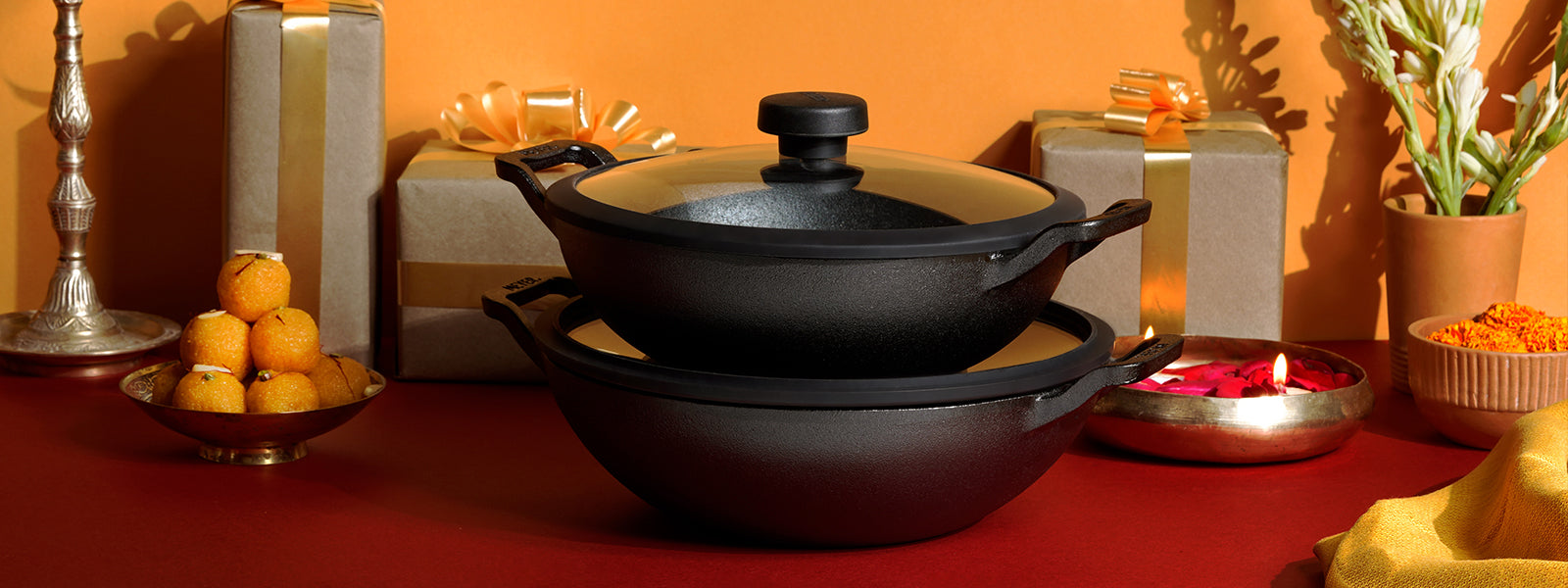
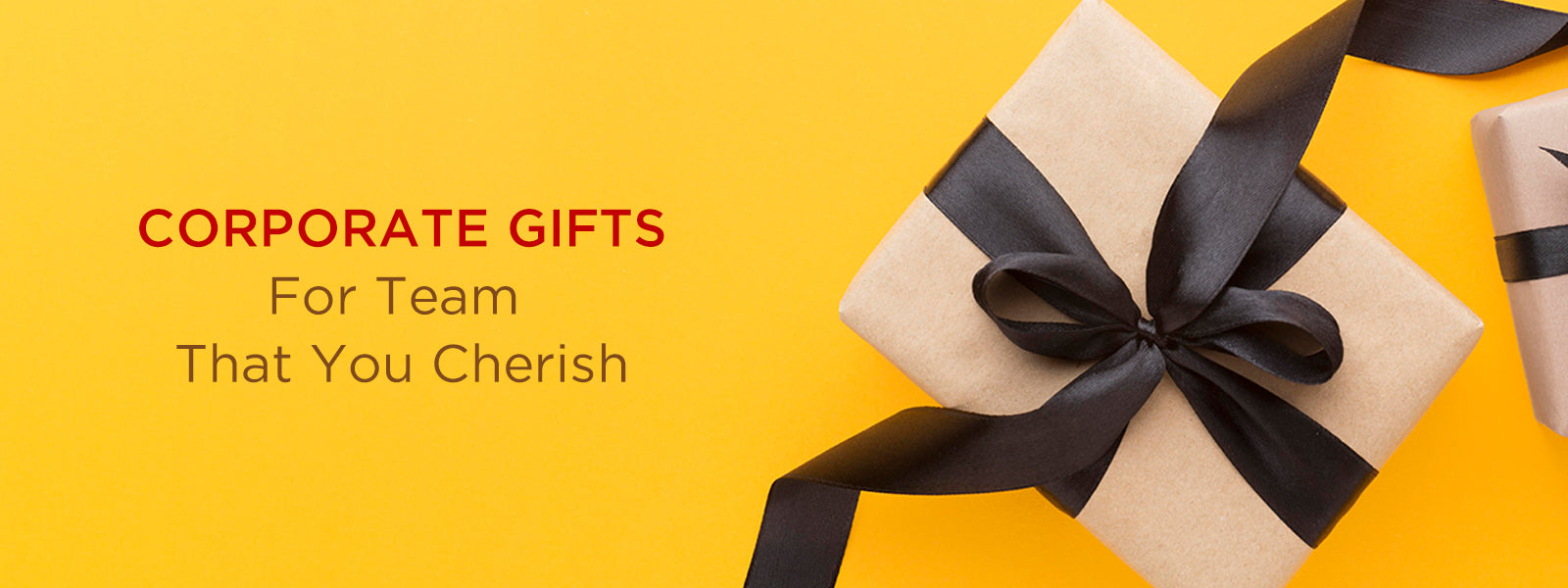
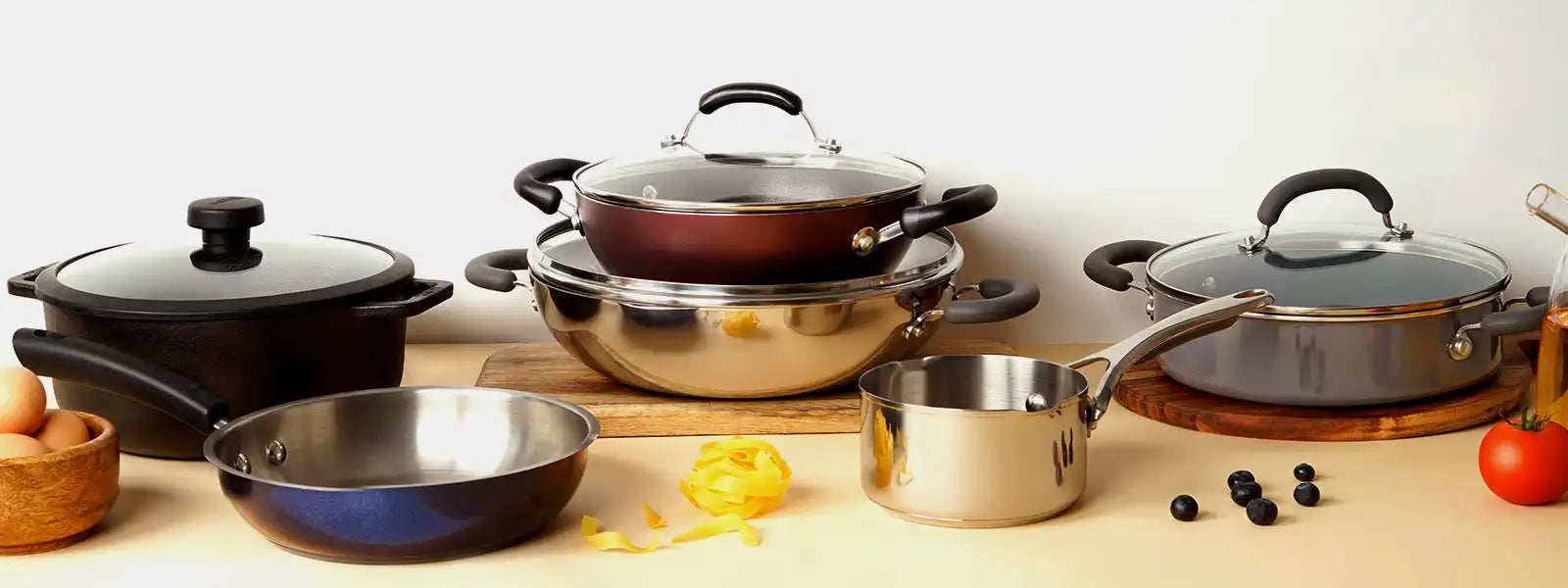
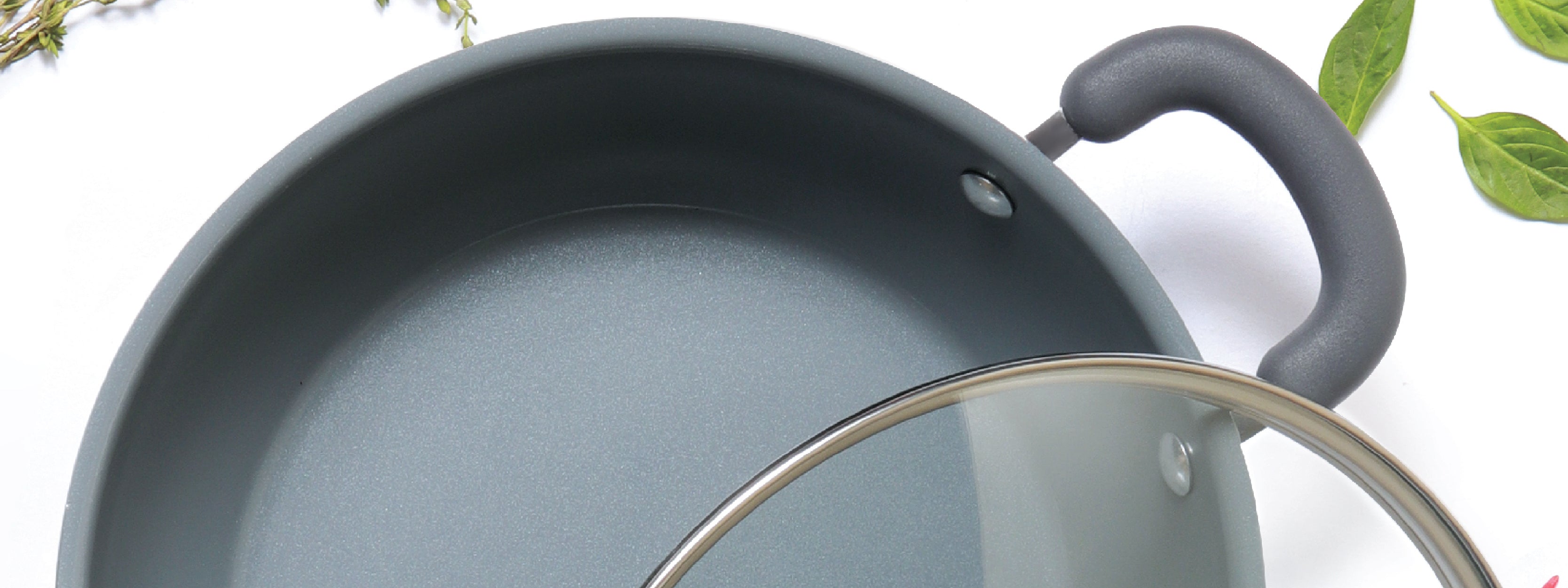
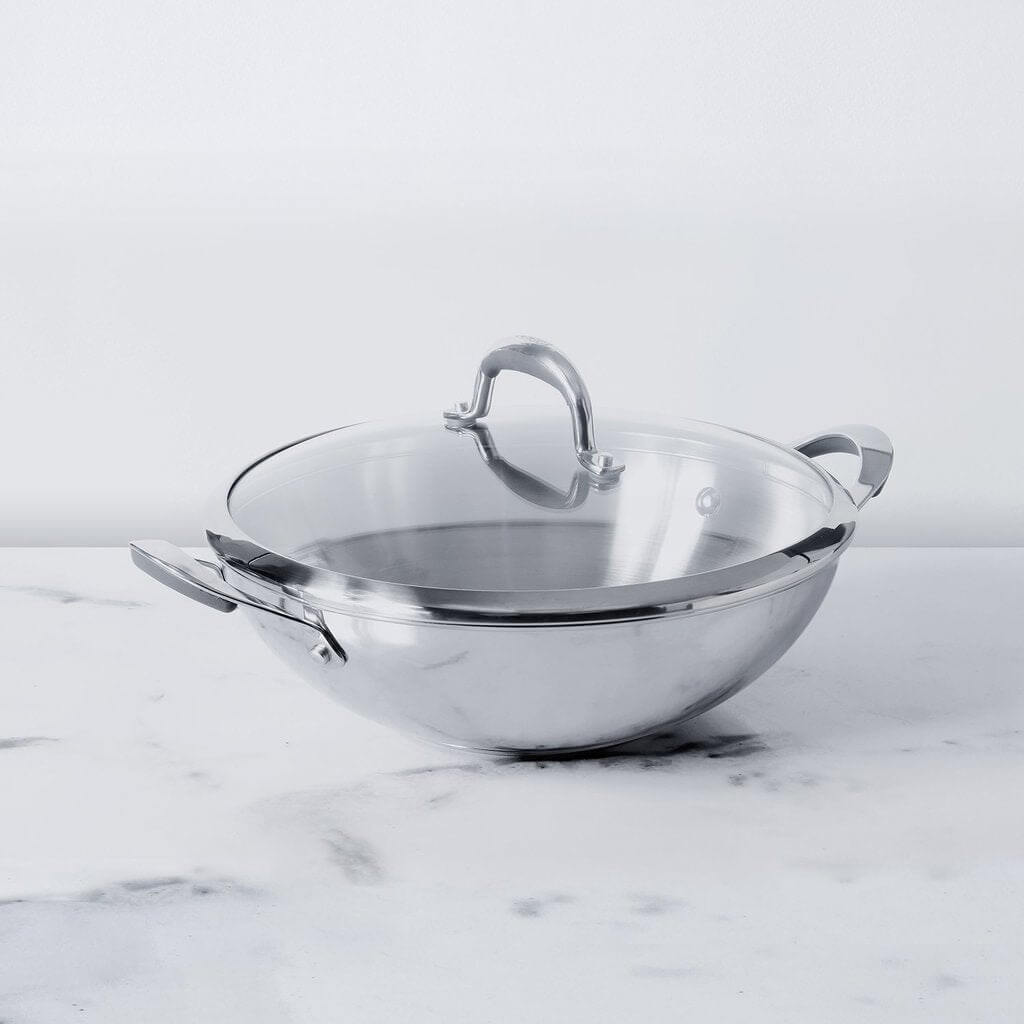
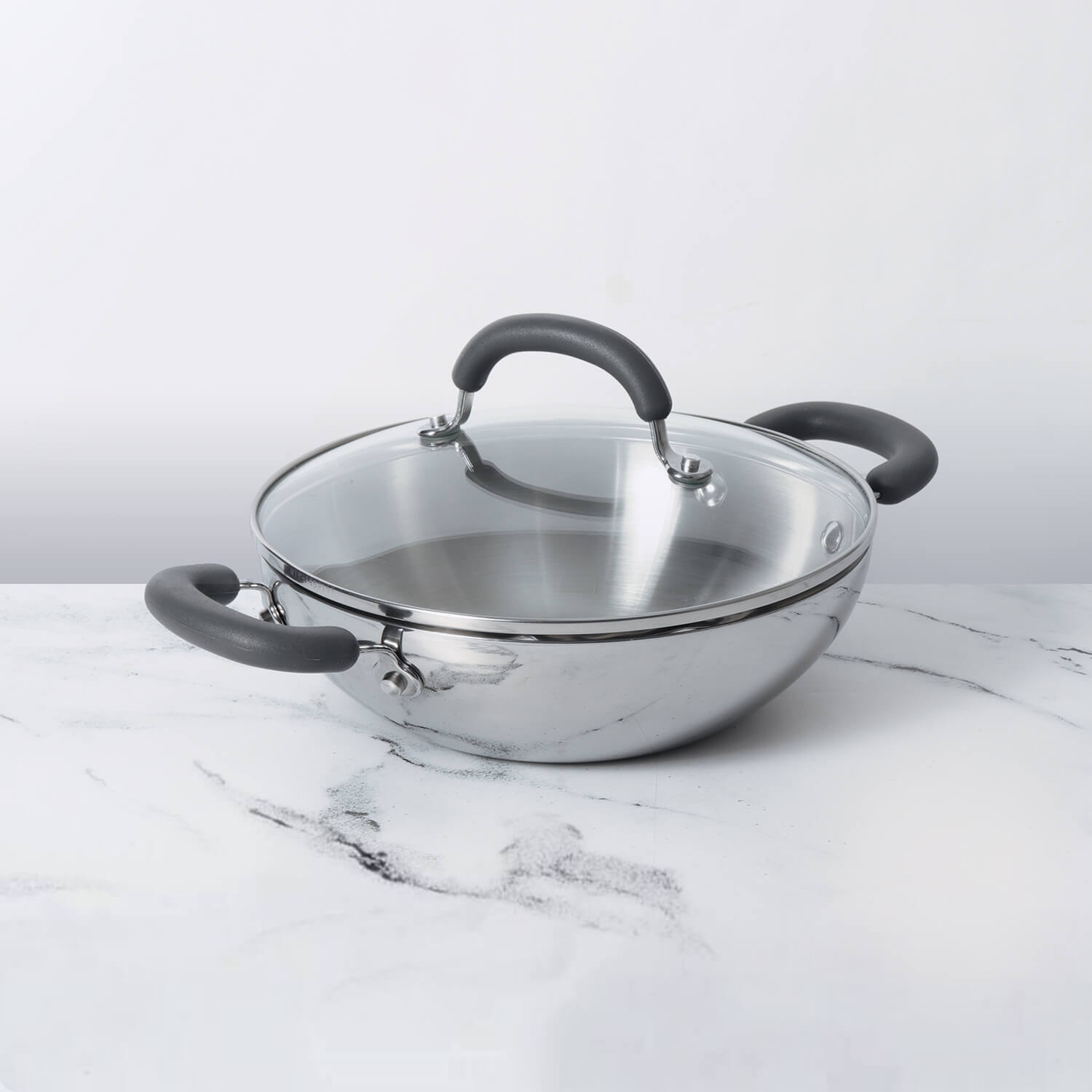




Leave a comment